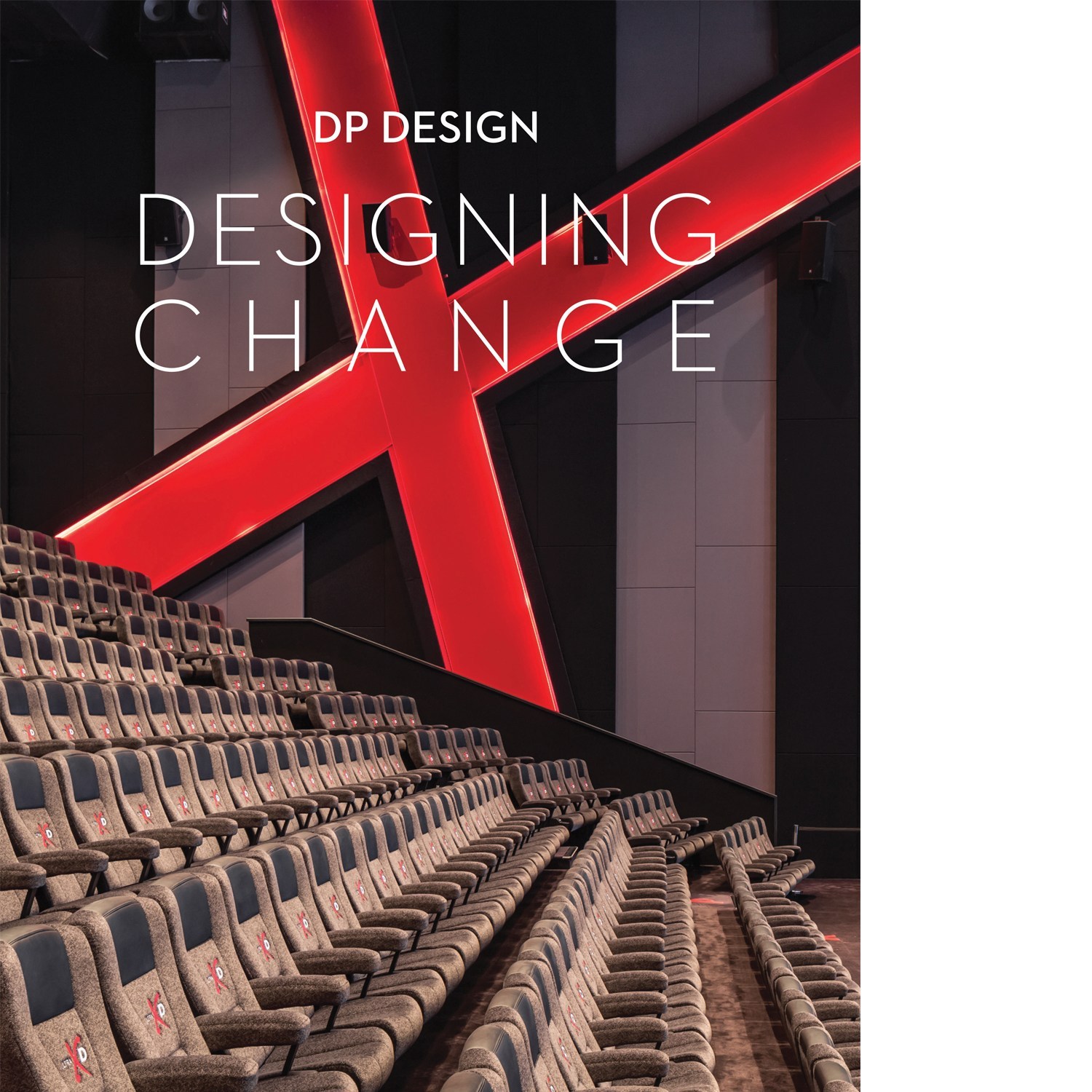- A change in state produces a change in the material property. A thermochromic material reflects a different color when the temperature changes. The material state of temperature determines the material’s property of spectral reflectivity. In this category, we find such things as liquid crystals (driven either by a change in temperature or chemical concentration).
- An energy input produces a change in the material property. A photochromic material changes its spectral transmissivity (the ability for light to pass through it) when radiation (light) transfers into the material. This category also describes electrochromics (an input of electrical energy) and many of the viscosity-changing materials.
- An energy input is transformed into a different energy output. A photovoltaic converts an input of radiation into an output of electricity. Most of the semiconductor-based smart materials are in this category, such as light-emitting diodes (electrical energy into radiation).
- A change in state produces another change in state (internal energy) that transforms properties and the energy output. Shape memory alloys are in this category: When the temperature of the alloy changes, the material undergoes a crystalline phase change (internal energy) that produces an output of mechanical energy (strain).
We begin to recognize that smart materials provide the ability to precisely design behaviors. The material becomes secondary to the effect, and if we properly map how a transformation could and should proceed, then we will discover that numerous materials are capable of producing the behaviors to yield a desired effect. Decoupling material from effect is but one challenge in working with these materials—a more difficult one is determining how to directly design for effect. An effect should be more than the production of a different color, it should result from the instrumentalization of the different color. Does the change in color reduce the ambient light levels? Does it obscure visibility? Should it activate an interior system? Could it visually change an object’s apparent location in the field of view? Looking at just one behavior—the transmission of light through a transparent medium—we find that several smart materials are capable of controlling transmission, but there are significant differences in how they do so, as well as in the specific results. The spectral composition of the light might be altered, the light may be diffused or redirected, view may be diminished, and ultraviolet or infrared radiation may be absorbed or reflected. Smart glazing is often proposed as a seamless method for stabilizing interior light transmission as daylight levels change, but no material actually does this.
The smart material that has penetrated furthest into the field of architecture is the light-emitting diode, or LED. Less than five years ago, LEDs were found only in novelty applications, such as disco dance floors. White light from LEDs has recently proliferated into general, or ambient, room lighting in competition with fluorescent and High Intensity Discharge (HID) systems. Although less efficient than conventional general lighting, and much more expensive, LED lighting has nevertheless been designated as a “green” technology, which has helped encourage its use. This evolution illustrates the path taken by many smart materials as they enter into the architecture field—first demonstrative, then performative as we fold them into our normative practice.
If we could step away from standard practice and conventional applications, we would find that smart materials present unprecedented opportunities to challenge the accepted, and unquestioned, beliefs about how building systems should perform. A closer examination of LEDs would reveal their specific characteristics: narrow spectral bands, precise angles and directionality, tiny size, discrete addressability, and reliance on DC power. None of these characteristics are desirable for a general lighting system based on a wide spectral bandwidth, diffuse spreading of the light over large surface areas, and an AC power supply. The characteristics of LEDs, however, are a remarkable match for how the receptors in the eye actually perform. Minute shifts in luminance in the field of view determine our reading of depth and space, while differences in discrete wavelengths determine how we recognize figures. Lighting design for the eye rather than for the building would result in radically different locations and distribution of LEDs, away from the ceiling and discretely placed within certain angles of view. Architects would be able to “script” the view field, and in so doing, meet needs-enhanced vision with dramatic reductions in energy use.
The Portable Light Project, by Sheila Kennedy, with Boston-based Kennedy & Violich Architecture and MATx, demonstrates the instrumental mating of material behavior to phenomena. Flexible photovoltaics, woven into cloth bags, produce DC power that then directly powers LEDs embedded into the same bag. The bag can be unfolded into several configurations depending on the quality of light needed and where it is needed. The project leverages the inherent behaviors of the individual smart materials to yield results that are direct, discrete, transient, and local. Lighting that is designed for the use and the user, rather than for the building, challenges the generic building systems we have tried to force-fit smart materials to engage. To truly exploit these materials, we must not only understand their specific behaviors but also the phenomena they act upon.
Developed as engineering materials, smart materials are constantly emerging, evolving, and rapidly becoming obsolete. When we background the material, using it instrumentally rather than performatively, we decouple material from effect. Any number of materials can manipulate any number of behaviors to produce a desired effect. Designing to manage transient phenomena breaks the hegemony of conventional building materials and systems, allowing many more materials to enter our field. It does, however, ask that architects be willing to step into unknown territory and let these materials teach us lessons about how things work.











Post a comment to this article
Report Abusive Comment